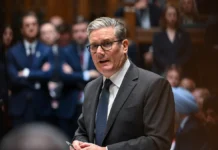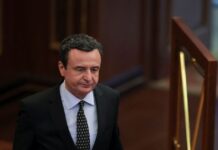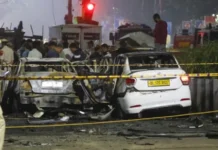Ukrainian President Volodymyr Zelensky has stated he is ready for “honest work” with the United States after reviewing a draft peace plan to end the war with Russia. The proposal, however, appears to demand significant concessions from Kyiv, including ceding control of parts of the Donbas, accepting limits on its military, and forswearing NATO membership.
According to reports from several US media outlets and a draft published by the Financial Times and Axios, the plan outlines a settlement where Ukraine would reduce its army to 600,000 personnel and receive unspecified “reliable security guarantees.” In return, Russia would be reintegrated into the global economy through the lifting of sanctions and an invitation to rejoin the G7.
The plan’s provisions, if confirmed, seem to align closely with Moscow’s interests. White House Press Secretary Karoline Leavitt rejected the characterization that it demands major concessions from Ukraine, stating, “It’s a good plan for both Russia and Ukraine.” She confirmed the US had engaged “equally with both sides” in its development.
Zelensky’s office struck a cautious note, saying Ukraine had “agreed to work on the plan’s provisions in a way that would bring about a just end to the war.” In a statement on X, Zelensky clarified that the US had presented “their vision,” and that his team would now work to ensure the final proposal is “genuine.”
The proposal has been met with skepticism from key allies. EU foreign policy chief Kaja Kallas stated she was unaware of any European involvement in the drafting, emphasizing that “for any plan to work, it needs Ukrainians and Europeans on board.” In Moscow, Kremlin spokesman Dmitry Peskov downplayed the plan’s significance and reiterated that any deal must address the “root causes of the conflict”—a term understood to reflect Russia’s maximalist demands.
The diplomatic maneuvering comes as the war grinds on. Just this week, Russian attacks on the cities of Zaporizhzhia and Ternopil killed dozens of civilians, underscoring the high stakes and the challenging path to a negotiated peace.
By James Kisoo



















